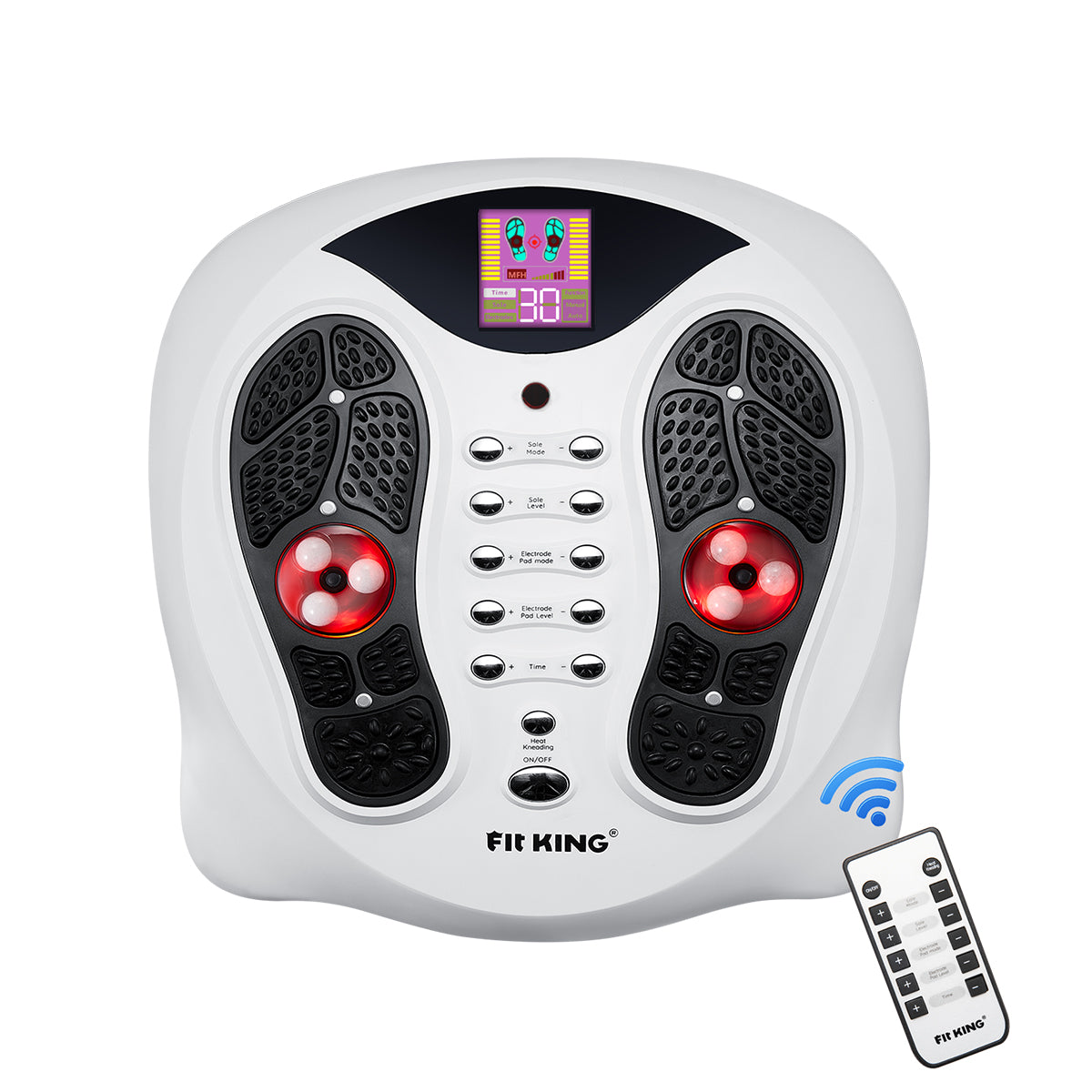Participating in any sport or physical activity always comes with an inherent risk of injury. Athletes are particularly susceptible to hand injuries due to the nature of their demanding sports. These injuries can range from mild to severe, often requiring immediate medical attention and extensive rehabilitation. This article will explore how athletes can prevent and treat sports-related hand injuries.
Preventing Hand Injuries
Athletes can take several steps to prevent hand injuries while participating in sports. Here are some tips:
- Use protective gear: Wearing appropriate hand protection like gloves or wrist braces can help cushion the impact and reduce the risk of injuries.
- Warm-up and stretch: This helps to increase flexibility and reduce stiffness, decreasing the chance of hand injuries.
- Strengthening exercises: Regularly performing strengthening exercises for the hand and forearm muscles helps to improve grip strength and stability, making the hand less prone to injuries.
- Proper technique: Athletes should learn and practice proper techniques for their respective sports to reduce the strain on their hands.
- Take breaks: Athletes should take regular intervals during training and competition to allow their hands to rest and recover.
- Maintain a healthy lifestyle: Following a balanced diet and engaging in regular physical activity helps athletes maintain overall health, including the strength and resilience of their hands.
- Avoid overexertion: Athletes should gradually increase their training intensity and volume to prevent sudden strain on the hands.
- Recognize fatigue and pain: Athletes should be aware of signs of fatigue and pain in their hands and seek immediate medical attention if necessary.
- Follow safety guidelines: This includes using appropriate equipment, avoiding dangerous maneuvers, and practicing good sportsmanship.
- Regular check-ups: Athletes should schedule regular check-ups with their healthcare provider or a sports medicine professional to evaluate and address any potential hand injuries or concerns.
By following these preventive measures, athletes can significantly reduce the risk of hand injuries and ensure their ability to perform at their best while participating in sports.
Common sports-related hand injuries
Hand injuries account for approximately 25% of all sports injuries and are among the most common injuries among athletes. Some common hand sports injuries are listed below.
- Dislocated Finger
A dislocated finger occurs when the bones of a finger are forced out of their normal position.
- Jammed finger
A jammed finger occurs when the finger is forcefully bent, causing injury to the ligaments and joints.
- Torn ligaments
Ligament tears in the hand can result from sudden movement or excessive force.
- Skier's Thumb (Ulnar Collateral Ligament Injury)
This injury occurs when the ulnar collateral ligament in the thumb is stretched or torn.
- De Quervain's Tenosynovitis
This is an inflammation of the tendons on the thumb side of the wrist. It is often caused by repetitive hand or wrist movements, like golfing, tennis, or fly-fishing.
- Carpal Tunnel Syndrome
It occurs when the median nerve, which runs through the wrist, becomes compressed. Sports involving repetitive hand movements, such as cycling or weightlifting, can increase the risk of CTS.
Treating Hand Injuries
- Approach to Acute Injury
- Rest: Resting the injured area is crucial for promoting healing and preventing further damage. Avoid any activities that may put stress on the injured area and allow it to heal.
- Ice: Applying ice to the injured area helps reduce pain, swelling, and inflammation. Use an ice pack or a bag of ice wrapped in a thin cloth and apply it to the affected area for around 20 minutes every 2 to 3 hours.
- Compression: Compression is used to reduce swelling and provide support to the injured area. Use an elastic bandage or compression wrap to gently hold the injured area, without cutting off circulation. Make sure it is snug but not too tight.
- Elevation: Elevating the injured area above the level of the heart helps reduce swelling and promotes proper blood flow. Prop up the injured area on pillows or cushions as much as possible.
It's important to note that this method is generally recommended for the first 48 to 72 hours following an acute injury. If the pain or swelling worsens, or if you are unable to bear weight on the injured area, it is advisable to seek medical attention.
- Treatment options
(1)Physical Therapy
It involves various exercises and techniques designed to improve hand mobility, strength, and flexibility. Physical therapists can guide athletes through specific exercises tailored to their injury, helping them regain functionality and reduce the risk of re-injury.
(2)Medications
Pain relievers and anti-inflammatory medications prescribed by medical professionals can provide relief from pain and swelling. However, it is essential to follow instructions and not rely solely on drugs as a long-term solution.
(3)Hand Massage Therapy
The Hand massager can be a highly effective addition to an athlete's recovery regime. This innovative device is specifically designed to alleviate pain, reduce muscle tension, and improve blood circulation in the hand. For example, the FITKING Brand of the FT-085H Hand Massager comes with various settings and adjustable intensity levels, making it suitable for both gentle relaxation massage and deeper tissue stimulation.
To conclude
Hand injuries are fairly common among athletes who play a variety of sports, from contact sports like football and basketball to individual sports like tennis and golf. These injuries can seriously affect an athlete's performance and overall quality of life. Keeping your hands in tip-top shape can be done effectively with the many preventive and treatment options above, as well as by incorporating a hand massager into your daily care. Worth noting: It is important to consult a medical professional for proper diagnosis and treatment recommendations for your specific hand injury.












Leave a comment
This site is protected by hCaptcha and the hCaptcha Privacy Policy and Terms of Service apply.